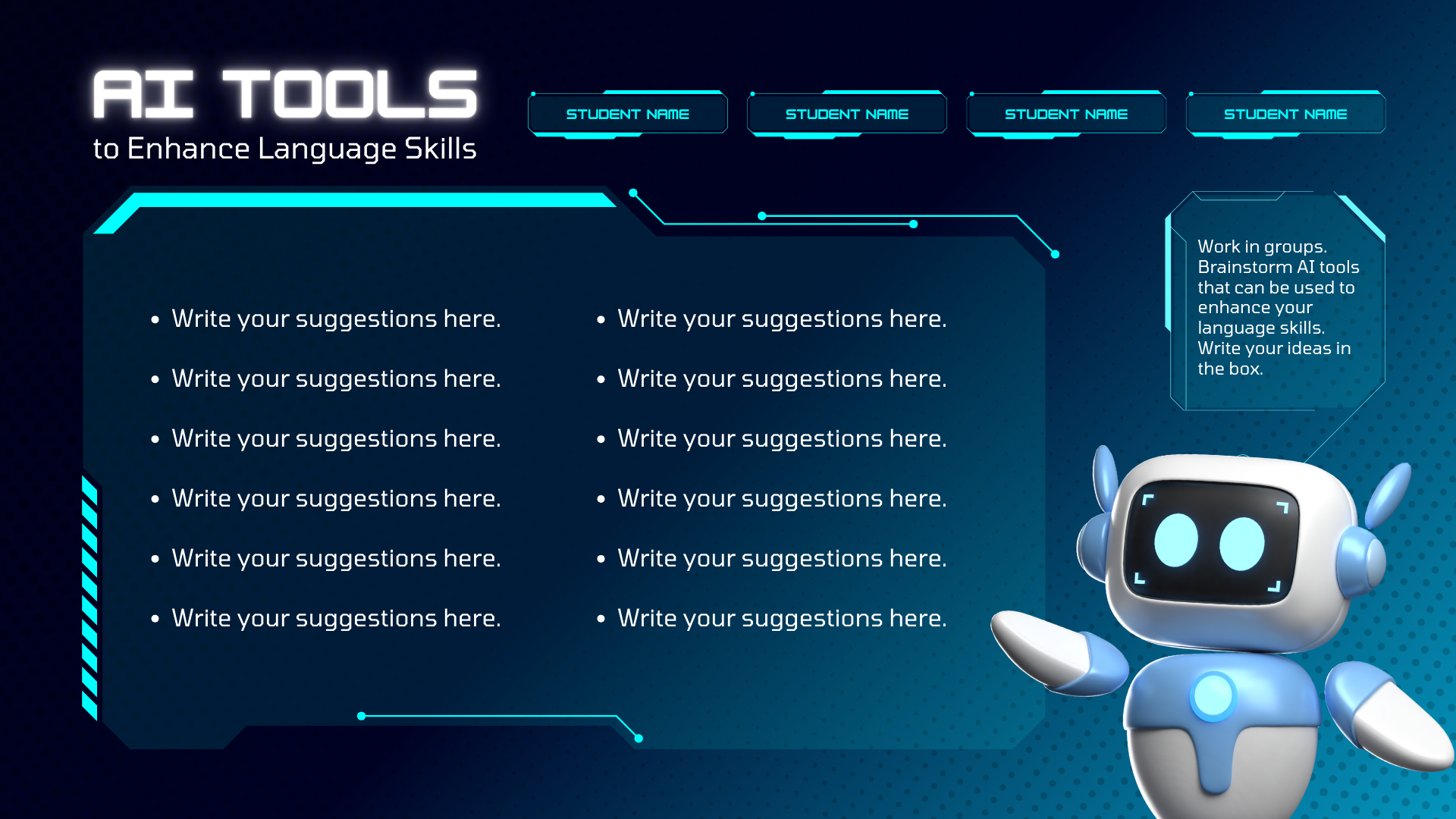In the ever-evolving landscape of technology, Artificial Intelligence (AI) continues to push boundaries, with Generative AI emerging as a transformative force. This blog explores what Generative AI entails, its applications across various industries, and its potential future impact.
What is Generative AI?
Generative AI refers to a class of AI algorithms that enable machines to generate content autonomously, mimicking human-like creativity and decision-making. Unlike traditional AI, which relies on predefined rules and data inputs, Generative AI leverages deep learning models to produce new, original content based on patterns and examples it learns from.
How Does Generative AI Work?
At its core, Generative AI operates through neural networks, specifically designed to process vast amounts of data and learn complex patterns. These networks, often built upon frameworks like GANs (Generative Adversarial Networks) and Transformers, excel in tasks such as image synthesis, text generation, and even video creation.
GANs are particularly noteworthy for their ability to generate realistic content by pitting two neural networks against each other: one generating content (the generator) and the other discerning its authenticity (the discriminator). This adversarial training process refines the generator’s output over time, leading to increasingly realistic results.
Transformers, on the other hand, excel in natural language processing (NLP) tasks. They break text into tokens and process them in parallel, enabling efficient learning and generation of coherent, contextually accurate text.
Applications of Generative AI
Generative AI’s versatility has sparked innovations across numerous fields, revolutionizing how we interact with technology:
- Content Generation: From writing articles to composing music and designing graphics, Generative AI streamlines creative processes traditionally reserved for human minds. Companies like OpenAI and Google are at the forefront, pushing boundaries in natural language understanding and text generation.
- Healthcare: In medical imaging, Generative AI enhances diagnostic accuracy by reconstructing high-quality images from noisy or incomplete data, aiding in early disease detection and treatment planning.
- Entertainment and Gaming: Video games leverage Generative AI to create dynamic, immersive environments, generating procedurally generated worlds and non-player characters (NPCs) with unique behaviors and personalities.
- Finance: Predictive models powered by Generative AI analyze market trends and customer behavior, providing insights for personalized financial advice and risk assessment.
- Art and Design: Generative AI tools assist artists in exploring new creative avenues, generating novel designs and visual concepts based on specified criteria and styles.
- Customer Interaction: Chatbots and virtual assistants equipped with Generative AI understand and respond to user queries in real-time, improving customer service efficiency and satisfaction.
Future Implications and Considerations
While Generative AI holds immense promise, it also raises ethical, legal, and societal concerns:
- Ethical Use: Ensuring AI-generated content is used responsibly to avoid misinformation, bias, and manipulation of public opinion.
- Data Privacy: Safeguarding sensitive data used to train Generative AI models against breaches and unauthorized access.
- Regulatory Frameworks: Establishing guidelines to govern the development and deployment of Generative AI technologies, balancing innovation with ethical considerations.
Conclusion
Generative AI represents a paradigm shift in technology, offering unprecedented capabilities to create, innovate, and solve complex problems across industries. As researchers and developers continue to refine these algorithms, their impact on society will become increasingly profound, shaping a future where human-machine collaboration and creativity redefine what is possible.
In conclusion, the journey of Generative AI is just beginning, promising to unlock new realms of possibility and redefine the boundaries of technological innovation. Embracing its potential while addressing its challenges will be crucial in harnessing its full benefits for a brighter, more connected future.
For businesses looking to integrate Generative AI into their operations, partnering with experts like Sodio Technologies ensures leveraging cutting-edge solutions tailored to meet specific needs and drive sustainable growth in a rapidly evolving digital landscape.






